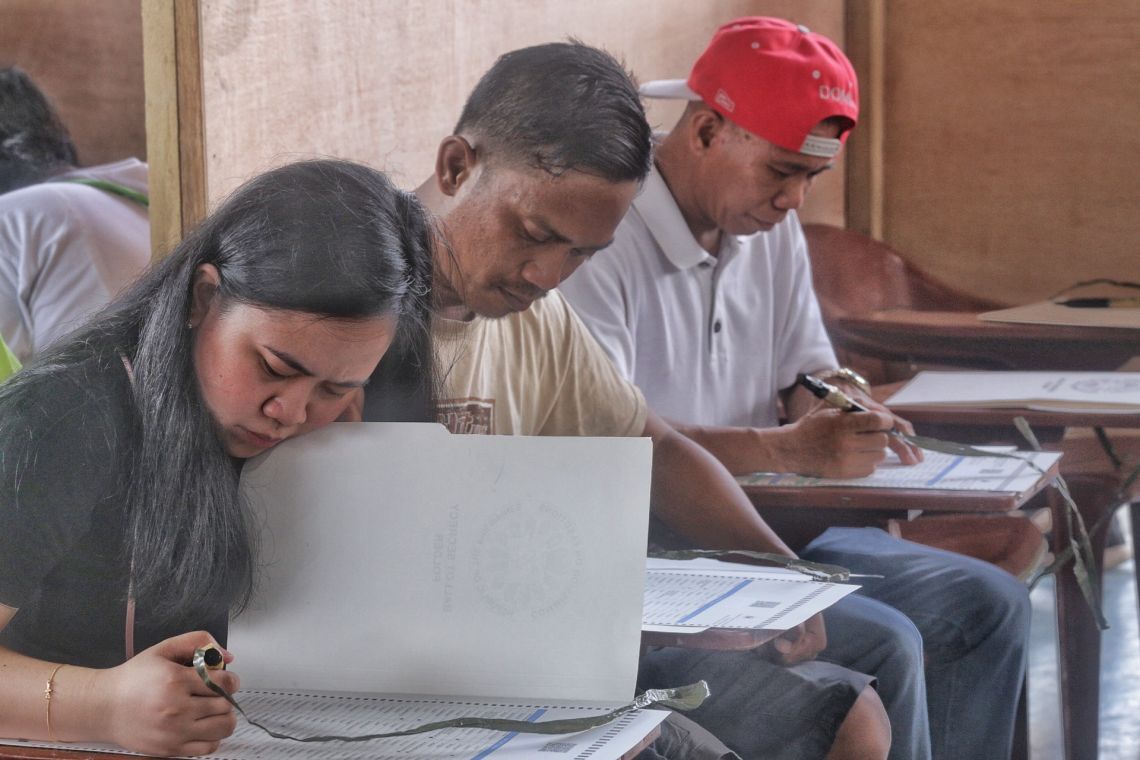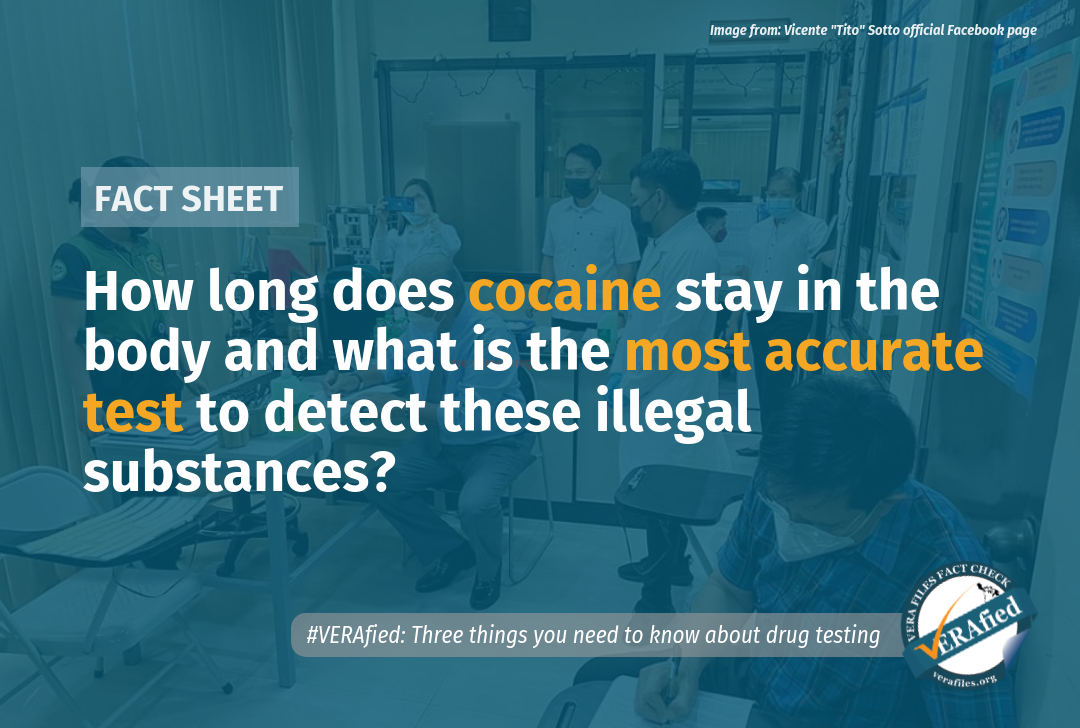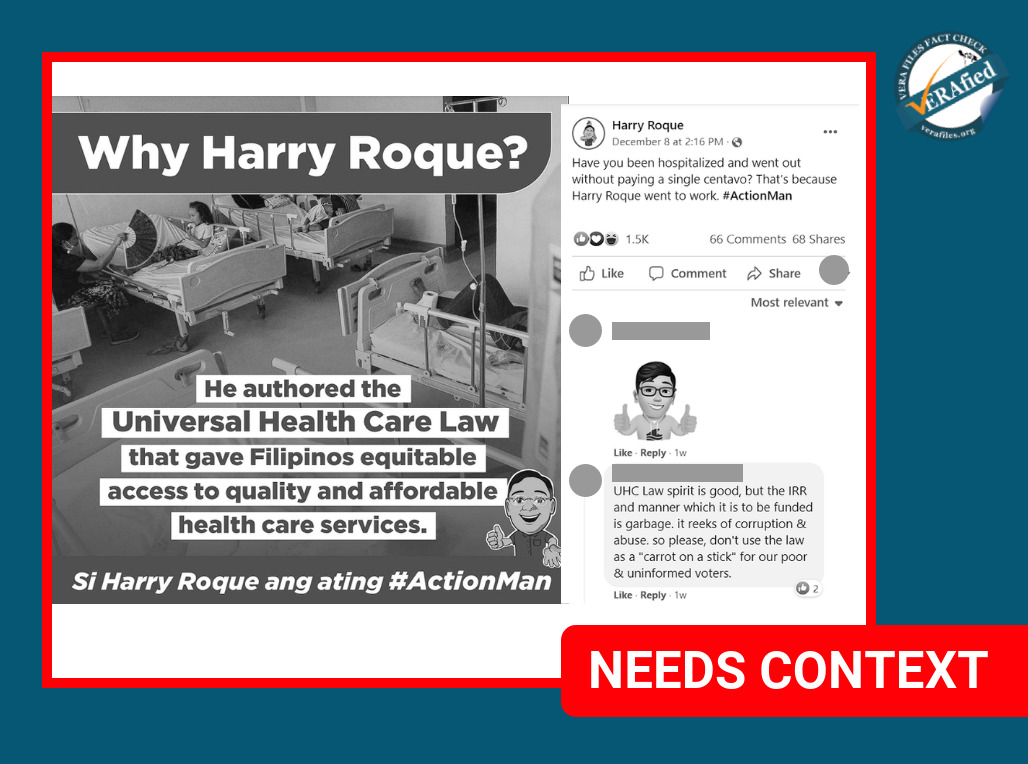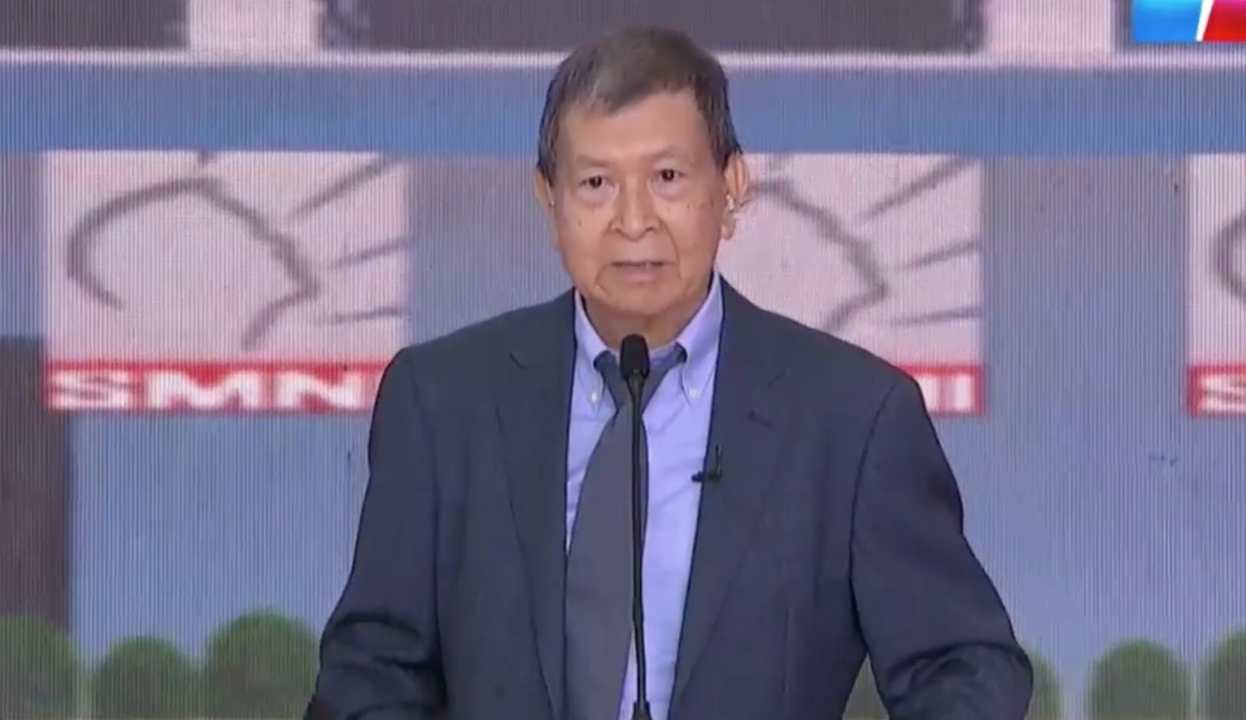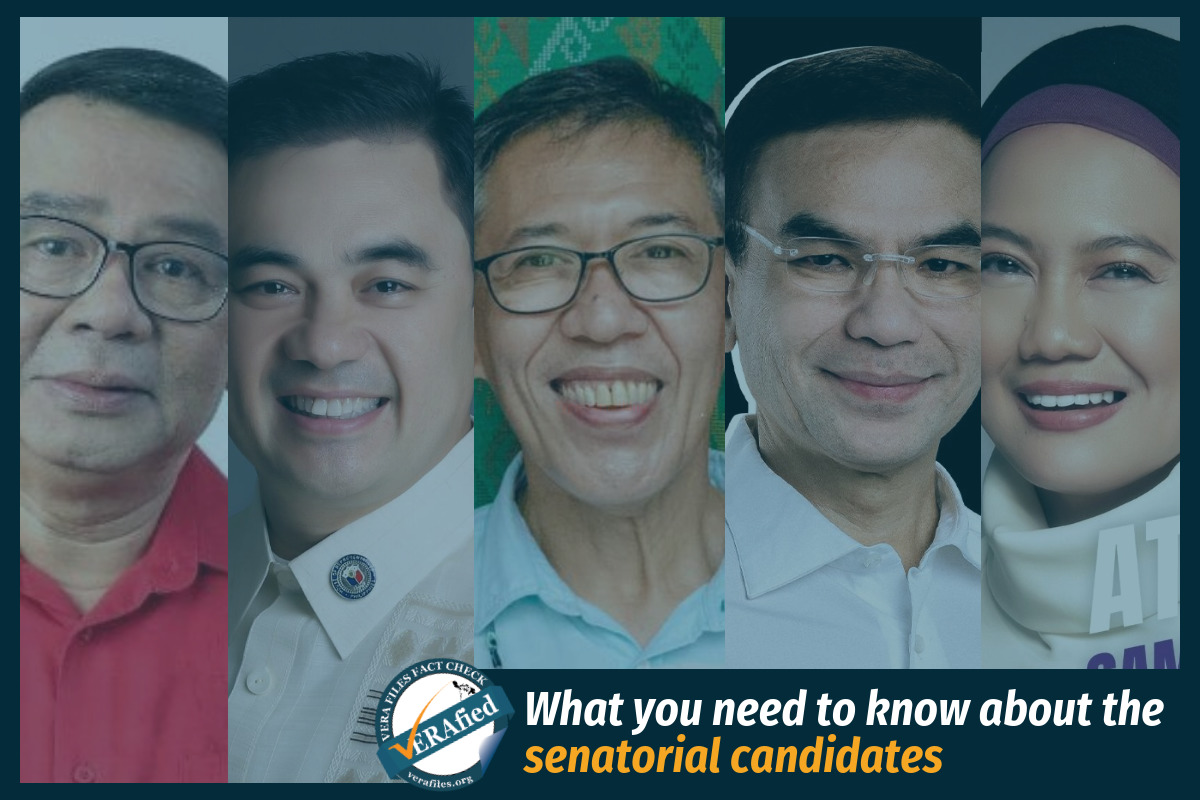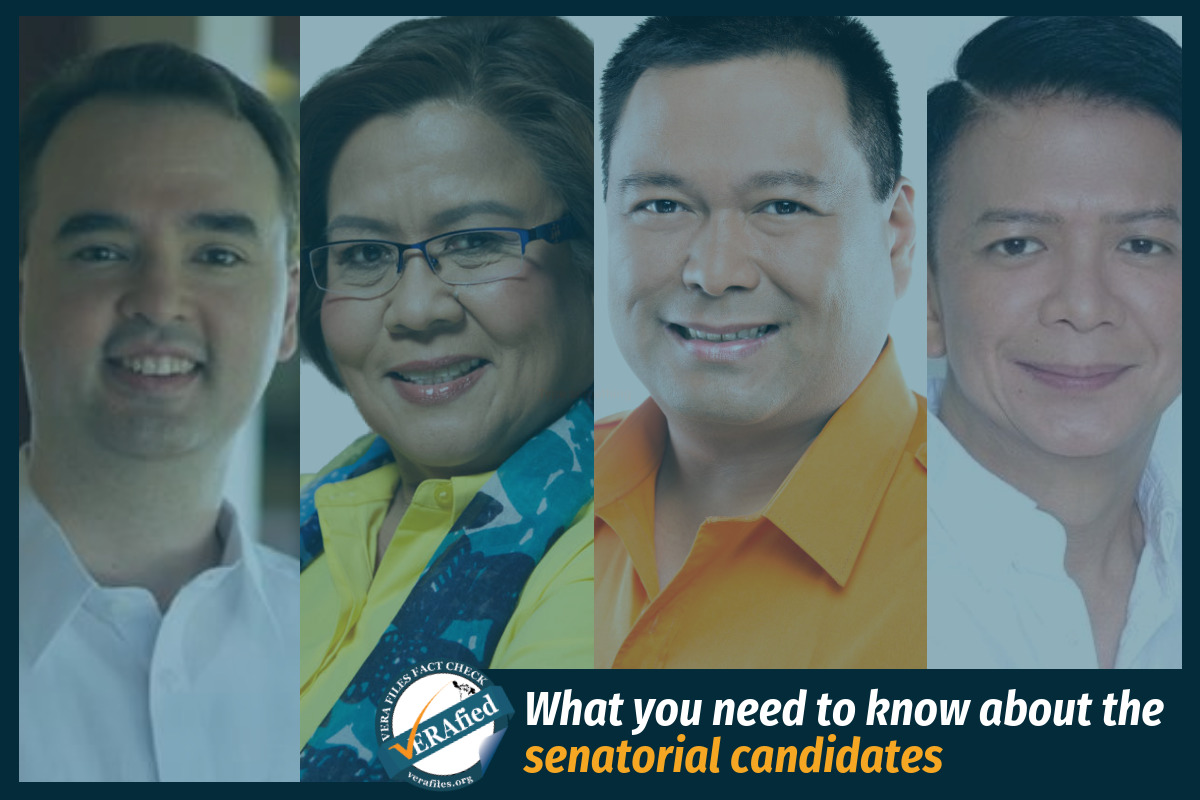From 6 a.m. to 7 p.m. today, May 9, nearly 66 million Filipino voters will decide where the country is headed, at least in the next six years under a new administration.
They will be electing candidates for a total of 18, 180 positions across the archipelago, including the successor to President Rodrigo Duterte. (READ: The Filipino vote in May 2022)
This is the first time in Philippine history to have a national election during a pandemic. The Department of Education’s (DepEd) Election Task Force has reminded voters to follow health protocols, such as wearing of face masks and observing one-meter physical distancing, and to be on time when they cast their votes.
In today’s balloting, voters have a chance to hold corrupt and inept public officials accountable by not electing them or their relatives and proteges to office, and to recognize new leaders who can potentially lift the dwindling economy.
Registered voters, be they rich or poor, male or female, young or old, educated or not, are on equal footing. Each of them will have only one official ballot to fill with their chosen candidates for various national and local positions.
Voters will have to choose one among 10 contenders for president, and another one among nine vice presidential aspirants.
(Read: What you need to know about the presidential, VP hopefuls)
Former senator Ferdinand “Bongbong” Marcos Jr. has consistently topped pre-elections surveys by Pulse Asia on preferred candidate for president. Vice President Maria Leonor ‘Leni” Robredo comes in second, while outgoing Manila Mayor Francisco “Isko Moreno” Domagoso is a distant third.
(Read: From teens to seniors: Why they’re voting for BBM, Sara; Massive crowd at Leni-Kiko Pasig rally fills the air with love; No backing out for Isko Moreno; offers country peace of mind; The Lacson-Sotto campaign: Engaging with the electorate; From boxing to politics: Pacquiao a fighter to the end)
The other contenders are Sen. Panfilo “Ping” Lacson, Sen. Emmanuel “Pacman” Pacquiao, former Defense secretary Norberto “Bert” Gonzalez, labor leader Leodegario “Ka Leody” De Guzman, businessman Faisal Mangondato, former Duterte spokesperson Ernesto Abella, and physician Jose Montemayor.
(Read: ‘Page 2’ candidates out to disprove national surveys, rely on social media for campaign)
For vice president, the contenders are Rep. Joselito “Lito” Atienza (Buhay party-list), former congressman Walden Bello, radio commentator Rizalito David, Davao City Mayor Sara Duterte-Carpio, economist Manny SD Lopez, physician Willie Ong, Sen. Francis “Kiko” Pangilinan, lawyer Carlos Serapio, and Senate President Vicente “Tito” Sotto III.
(Read: Where candidates for the country’s top posts stand on voters’ ‘most urgent’ concerns)
Commission on Elections (Comelec) Commissioner George Garcia said today’s voter turnout is expected to be higher than the 2019 mid-term elections’ 75.90%, given the higher voter enthusiasm shown in bigger attendance in campaign rallies in the past weeks.
Sixty-four contenders are vying for 12 seats in the Senate and 173 party-list groups gunning for 63 seats in the House of Representatives.
(Read: What you need to know about the senatorial candidates)
In the local elections, the positions up for grabs are for 253 district representatives, 81 provincial governors, 81 vice governors, 782 provincial board members, 146 city mayors, 146 city vice mayors, 1,650 city councilors, 1,488 municipal mayors, 1,488 municipal vice mayors and 11,908 municipal councilors.
More than 800 candidates are unopposed and, therefore, assured of the seat they are vying for in today’s elections.
The Commission on Elections (Comelec) Law Department said “candidates may be declared elected if they are able to receive a majority or plurality of legal votes cast in the election.” But for a lone or uncontested candidate, “a simple plurality of votes or at least one vote” can make the aspirant win.
(Read: What it means to be ‘unopposed’ in the 2022 polls)
In the regional concentration of voters, Calabarzon has the biggest share with 9,193,096 voters, Central Luzon follows with 7,289,791 voters, then Central Visayas with 5,249,066 voters, Western Visayas with 5,026,482 voters and Bicol region with 3,910,261 voters.
The five biggest voting provinces are Cebu (3.28 million voters), Cavite (2.30 million), Pangasinan (2.09 million), Laguna (2.04 million), Bulacan (2.00 million). Negros Occidental, Batangas, Rizal, Pampanga and Nueva Ecija follow.
This election has also put the Roman Catholics and the Iglesia Ni Cristo, the biggest religious blocs in the country, on opposite sides, with hundreds of bishops and priests throwing their support and openly endorsing the Robredo-Pangilinan tandem while the three million-strong INC, which is known for practicing bloc-voting during elections, has instructed its members to vote for the Marcos-Duterte team.
According to Commissioner Garcia, around seven million first-time voters will be the “game changers” in today’s elections. Based on Comelec data, voters aged 18 to 30 comprise 32.97% of the total number of registered Filipinos while 51. 44% are those in the 31 to 59 age brackets. Those aged 60 and up make up 15.59% of the total voters.
